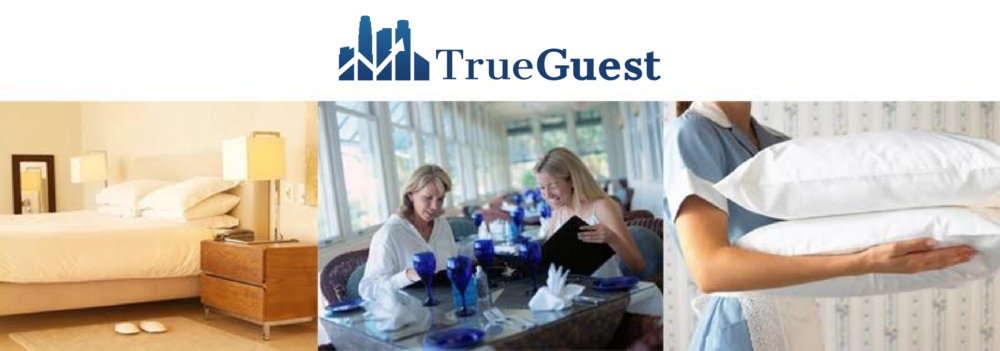Controlling your beverage cost is about much more than hiring the right bartenders and being hopeful that they are honest. Whether your hotel just opened a brand new bar or has had one for many years, make sure that you have these 12 basic internal control standards in place to protect your bottom line.
1. Position the POS terminal so that customers can see transactions rung up. Most bars have the POS screen positioned towards the bar so that the bartender must turn their backs to use the register. This helps on two fronts; first, all guests can see their transactions rung up and second, it is tougher for the bartender to see who is watching him or her ring up the transaction, making it less likely that they will risk using POS manipulation. If your bar design does not allow the terminal to be placed this way, consider installing a display arm that can be positioned to face the guest similar to ones in retail stores.
2. Ensure that it is your bar’s standard to have alcohol poured first when preparing mixed beverages. Pouring the mixer into the glass before the alcohol can only mean one thing; your bartender is attempting to adjust the perceived alcoholic strength of the beverage. This is a good indicator that your bartender may be pouring less per drink to steal so that it will not throw inventory levels off.
3. Require the bartender to give a receipt after each transaction. This is one of the simplest standards to use yet many bars obviously do not require the bartender to give one. Make sure that your bartender knows that if a guest pays cash, it is not some secret code for, “I do not want a receipt.” Even if most of the guests throw the receipts away, at least your bartender gave them one and hopefully rang up the transaction. Check out our article on how bartenders split and re-present checks with the POS.

 This book, written by Robert Plotkin, has been around for quite a few years and is in its fourth or fifth printing. The book does a very good job of covering internal theft in bars. The chapters range from ‘Exploring the Causes of Theft’ to ‘Preventative Measures’. At 96 pages long, the book is an easy read and serves as a decent reference. If you are new to beverage control, you will find yourself going back to the book time and time again as you try to improve the controls in your bar. A more experienced Bar Manager will not find much of the book very useful.
This book, written by Robert Plotkin, has been around for quite a few years and is in its fourth or fifth printing. The book does a very good job of covering internal theft in bars. The chapters range from ‘Exploring the Causes of Theft’ to ‘Preventative Measures’. At 96 pages long, the book is an easy read and serves as a decent reference. If you are new to beverage control, you will find yourself going back to the book time and time again as you try to improve the controls in your bar. A more experienced Bar Manager will not find much of the book very useful.